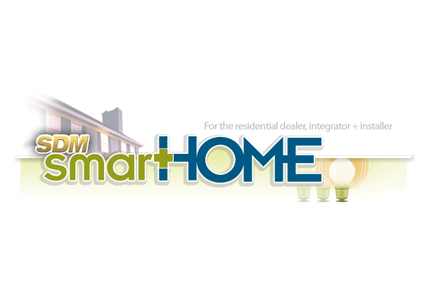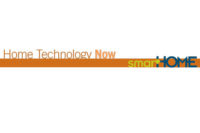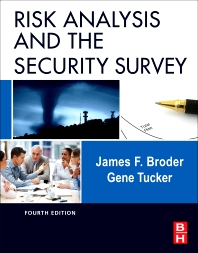The last year has seen tremendous growth in consumer interest and demand for energy management solutions for the home. There has also been an explosion in new products from enhanced devices such as standalone ‘smart thermostats’ to integrated solutions that tightly connect devices within the home. With these expanding options, consumers must not only decide which tool fits with their lifestyle, but also which complete home energy management system offers the most capability and value.
According to research firm Parks Associates, more than 60 percent of U.S. households will have energy management technologies (deployed by utilities, service providers or retailers) by 2022. While we are still early in the adoption, there is growing evidence that consumers are more interested in an integrated solution as opposed to a standalone energy management device. This creates a great opportunity for security dealers and integrators who are in a unique position to tightly integrate home energy management with the consumer’s security platform and offer exclusive, market-demanded services.
The most well-received energy management solution is one that is integrated with a powerful security monitoring platform which can truly optimize energy usage and customer’s actual home activity. By leveraging the sensor data from the security system, a customer can gain insight on in-home activity, set sensor-triggered optimization rules, utilize ‘smart schedules’ to more accurately control home thermostats, and automate lights and appliances. Tightly integrating home energy management with an underlying security platform that utilizes proven wireless technology, interactive solutions, and convenient, sought-after mobile apps delivers unique advantages that are preferred over standalone devices. This solution also provides more reliability and lower support costs than broadband-based solutions, or bundled cable/Internet energy management packages.
Key advantages of the security platform-based energy management solution for security dealers and integrators to keep in mind include:
• Security data can be leveraged to make smarter energy decisions –Think about valuable data a consumer can tap into about their own activity when the home energy management system is integrated with security door, window and motion sensors positioned throughout the home. Insight that shows users their activity patterns and the likelihood of someone being at home enables them to more efficiently run heating and cooling, and also keep from wasting money when no one is home. This addresses one of the main drawbacks of a home energy product not connected to complementary technology as the information it captures is confined in a silo. For security dealers and integrators, offering the integrated capability serves as a unique and powerful differentiator.
• Interactive solutions enabling real-time remote settings and instant feedback keep customers sticky – New home energy and automation services anchored by a security platform are geared towards more frequent interaction and offer synchronized energy-saving and home security features. Mobile and web-based interfaces ensure that customers can easily access these new capabilities and also extend the value of the entire system. Plus, market analysis shows that consumers gravitate toward energy management solutions enabling them to take action in real-time. With instant, remote access to the whole home system, through a mobile device or a computer, they can change the status of their lights and set their thermostat to an energy-saving temperature with one-touch convenience.
• An integrated security and energy management solution gives customers increased control and higher value – It all comes down to the underlying security platform. This is a significant advantage for the security dealer since all individual services such as control of thermostats, lights, and security sensors are enhanced through a connected, single technology platform. The robust platform integration gives consumers the power to set home energy rules based on security system triggers. For example, a customer can set a rule to automatically lower the thermostat 10 degrees when the security system is armed upon leaving for work in the morning, to save on energy costs. Similarly, a rule could be set to have hallway lights turn on when the security system is disarmed at night for added security protection. As well, ‘Extreme Temps’ triggers can be set to automatically adjust the thermostat whenever it is extremely hot or cold outside, saving energy while also helping to reduce the risk of brownouts.
• An easy-to-use integrated whole home solution in a single app is what customers are looking for – Security dealers and integrators are recognizing that consumers increasingly rely on smartphones, tablets and other mobile devices to control home security, automation, and energy management services. Today, more than 75 percent of remote access events for Alarm.com Interactive Service accounts are through a mobile app. Integration of home energy and automation with the security platform has made it far easier for consumers to interact with their complete home system through one mobile app, rather than having to manage multiple systems or applications. With device options covering the full spectrum from the iPhone, iPad, Android, Amazon Kindle, and Windows Phone 7, to the BlackBerry and even a mobile-friendly website, consumers can utilize the devices they already have in their hands to monitor and control their home.
With a growing opportunity in home energy management solutions, security dealers and integrators are right to stay aware of new products and features that pepper the market. It is also critical to understand the value of the connected solution and the advantages that an underlying security platform provides. Security dealers and integrators are in a great position to be the trusted provider of connected home services by combining security and energy management into a complete solution for the homeowner.





_feature.jpg?height=200&t=1335189188&width=200)
